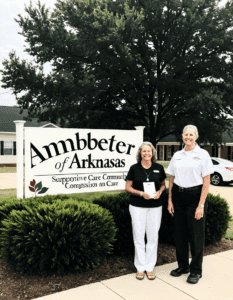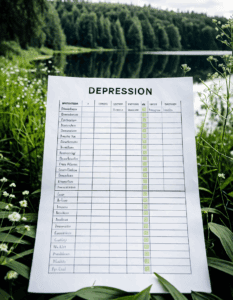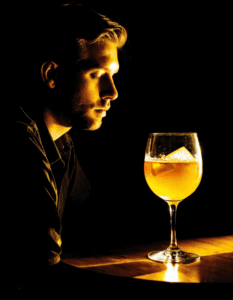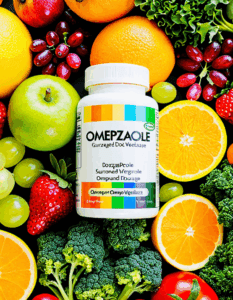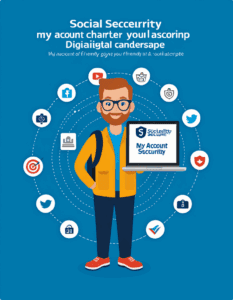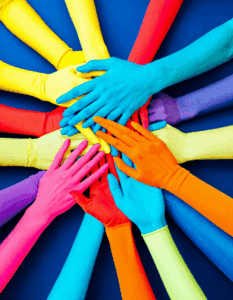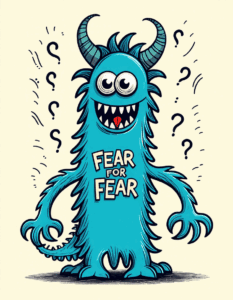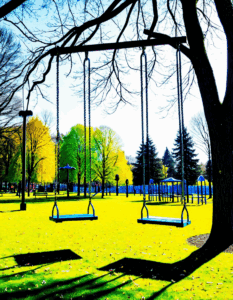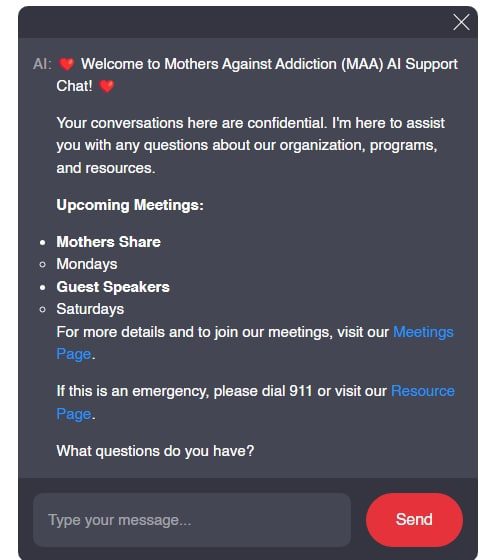Understanding Addiction Recovery Programs
Addiction recovery programs are vital pathways that help individuals grappling with substance abuse reclaim their lives. With the right support and resources, we can help our loved ones break free from the chains of addiction. These programs address the psychological, physical, and social elements of addiction, offering comprehensive treatment plans that promote long-term healing.
In 2024, addiction recovery programs are more diverse and innovative than ever, incorporating a range of evidence-based approaches. Each of these approaches is designed to offer a sustainable journey to recovery. From holistic methods to cognitive therapies, these programs equip individuals with the tools they need to rebuild their lives.
Key Elements of Successful Addiction Recovery Programs
1. Holistic Treatment Approaches
Holistic addiction recovery programs, like those offered by Passages Malibu, emphasize treating the whole person, not just the addiction. These programs integrate therapies such as yoga, acupuncture, and art therapy. By promoting overall well-being and spiritual health alongside medical treatments, holistic approaches can facilitate a deeper level of healing. Holistic methods address the mind, body, and spirit, creating a balanced and healthy lifestyle for those in recovery.
2. Cognitive Behavioral Therapy (CBT)
Another pillar of effective addiction recovery programs is Cognitive Behavioral Therapy (CBT). The Center for CBT in New York exemplifies the power of this method in helping individuals recognize and change harmful thought patterns. CBT empowers individuals to manage cravings and triggers by developing healthier coping mechanisms. By addressing the root causes of addiction, CBT lays a foundation for lasting recovery.
3. Medication-Assisted Treatment (MAT)
Organizations like Hazelden Betty Ford have pioneered Medication-Assisted Treatment (MAT). By using FDA-approved medications such as Suboxone and Methadone, along with counseling and behavioral therapies, MAT helps reduce withdrawal symptoms and cravings. This integrated approach provides individuals with a greater chance of achieving long-term recovery. MAT provides crucial support during the early stages of recovery when withdrawal symptoms can be particularly challenging.
4. Residential Treatment Programs
Residential treatment programs, such as those offered by The Meadows, provide immersive, round-the-clock care in a structured environment. Typically lasting between 30 to 90 days, these programs remove individuals from triggers and offer intensive support. Residential treatment can be especially beneficial for severe cases of addiction where an intensive and supportive environment is necessary for initial recovery.
5. Outpatient Treatment Programs
Outpatient programs provided by Phoenix House offer significant flexibility, allowing individuals to continue working, attending school, and caring for family while receiving treatment. These programs incorporate detoxification, individual and group therapy, and aftercare planning without the need for residential stays. Outpatient treatment suits those with less severe addictions or those transitioning from residential programs, still needing structured support.
| Program Type | Name of Program | Key Features | Cost | Benefits |
| Mutual Self-help Groups | Alcoholics Anonymous (AA) | 12-step program, peer support, spirituality-focused | Typically free, donations accepted | Supportive community, structured steps, widely available |
| Narcotics Anonymous (NA) | Similar to AA, but specifically for narcotics addiction | Typically free, donations accepted | Same as AA, but tailored for narcotics users | |
| SMART Recovery | Science-based, focuses on self-management, 4-point program | Free online resources, donations accepted, fees for professional support sessions | Evidence-based techniques, focus on empowerment and self-reliance | |
| Behavioral Therapy | Cognitive Behavioral Therapy (CBT) | Individualized goals, addresses underlying thoughts/behaviors, coping strategies | Varies; typically covered by insurance, out-of-pocket costs differ | Long-term solutions, skills development, treats co-occurring disorders |
| Dialectical Behavior Therapy (DBT) | Combines CBT with mindfulness, emotion regulation, and interpersonal effectiveness training | Varies; typically covered by insurance, out-of-pocket costs differ | Enhanced emotional regulation, useful for high-risk individuals | |
| Inpatient/Residential | Betty Ford Center | 24/7 comprehensive care, medical detox, therapy, holistic treatments | Expensive; can range from several thousands to tens of thousands of dollars | Intensive support, medically supervised, holistic approach |
| Hazelden Betty Ford Foundation | Similar to Betty Ford Center but with multiple locations and broader range of services | Expensive; variable depending on location and services used | Multiple service options, extensive resources, robust continuum of care | |
| Outpatient Programs | Intensive Outpatient Programs (IOPs) | Allows individuals to stay at home, combines therapy with support groups | Moderate; varies widely, may be covered by insurance | Flexible scheduling, various levels of intensity, integrates daily life |
| Partial Hospitalization Programs (PHPs) | Structured programming, intensive care without inpatient stay | High; generally less expensive than residential treatment but more than standard outpatient treatment | High degree of care, bridges gap between inpatient and outpatient care | |
| Holistic Programs | Holistic Recovery Centers | Incorporates yoga, meditation, nutrition, massage therapy, and other holistic practices | Varies widely; generally moderate to high, depending on services | Comprehensive care, addresses physical, emotional, and spiritual well-being |
| Residential Retreats | Short-term, focuses on wellness, therapeutic activities, nature-based therapies | Moderate to high; typically few thousand dollars per week | Time-limited intensive care, decompressing environment, holistic approach |
Evaluating the Effectiveness of Addiction Recovery Programs
Determining the success of addiction recovery programs involves examining key metrics:
Innovative Approaches and Future Perspectives
The future of addiction recovery is bright, with new technologies and methodologies continually emerging:
Embracing the Path Forward
Supporting a loved one in recovery can be challenging, but invaluable resources and programs are available. Addiction recovery programs today are equipped to cater to a variety of needs, from holistic approaches to advanced technologies.
Research and innovation continue to expand the possibilities for effective healing, emphasizing the importance of holistic care, behavioral therapy, and robust support systems. Community engagement and family support also play crucial roles in ensuring successful recovery journeys. For more insights and support, visit Mothers Against Addiction’s dedicated page on supporting a loved one in recovery.
By staying informed and embracing new methods, we can help our loved ones navigate their recovery with compassion and understanding. The future lies not only in professional treatments but also in the collective efforts of families and communities committed to reclaiming lives from the grip of addiction. For more information and support, visit our site on Recovery And Rehabilitation and explore the available sober living Homes that can offer a structured and supportive environment for sustained recovery.
Addiction Recovery Programs
Engaging in addiction recovery programs can truly be a life-changing journey. These programs come in various shapes and sizes, but they all strive for one common goal: to help individuals recover from substance abuse and lead fulfilling lives. What’s fascinating is that these programs often incorporate diverse strategies, some of which might surprise you.
Did You Know?
For instance, many addiction recovery programs include break out sessions, where participants engage in smaller group discussions. These sessions foster a sense of community and allow individuals to share their stories in a more intimate setting. This can be incredibly therapeutic, as connecting with others who have similar experiences can create strong peer support networks.
Costs and Considerations
When it comes to the costs associated with moving into a halfway house post-recovery, you’ll find that it’s not always budget-friendly. In fact, the cost of moving services, while varying widely, can sometimes be as hefty as a New jersey state income tax burden! Nevertheless, these financial investments are crucial steps in transitioning to a healthier lifestyle.
Unique Programs
Interestingly enough, some programs offer unique housing solutions to those in recovery. For example, there are instances where a tiny house For sale in Texas might be used as a sober living environment. These cozy spaces offer a minimalist approach that can greatly simplify life after recovery, promoting a stress-free and manageable living situation.
Cultural Touchpoints
Moreover, it’s not uncommon for recovery programs to consider cultural aspects and even incorporate inspirational content. Just as a Colegiala de Verdad story can motivate students, culturally tailored programs can resonate more deeply with participants. Personalized touches like these can significantly enhance the effectiveness of the therapeutic process.
In essence, addiction recovery programs are as varied as the individuals they serve. Whether it’s through supportive group sessions or innovative housing solutions, the pathways to recovery adapt to meet the needs of each person, leading them towards a healthier future.
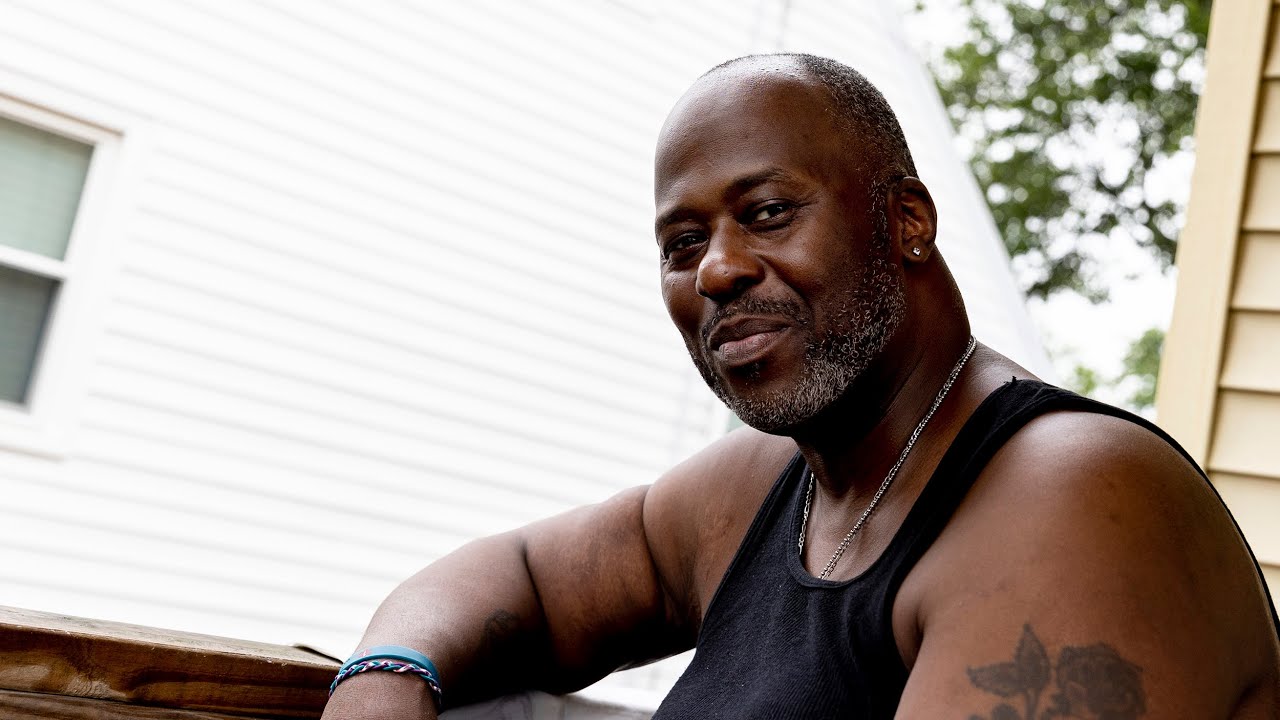
What are the examples of recovery programs?
step programs like Alcoholics Anonymous (AA) and Narcotics Anonymous (NA) are key examples of recovery programs, along with Self-Management and Recovery Training (SMART Recovery).
What is the best treatment system for addiction?
Behavioral therapy is considered the top treatment system for addiction because it tackles the root causes, employs various effective techniques, and focuses on long-lasting recovery.
What other programs besides AA?
Besides AA, there are programs like Narcotics Anonymous (NA) and Self-Management and Recovery Training (SMART Recovery).
What is the best alternative to AA?
The best alternative to AA would be SMART Recovery, which emphasizes self-management and cognitive-behavioral techniques.
What are the most popular work around recovery options?
Popular recovery options include 12-step programs such as Alcoholics Anonymous (AA), Narcotics Anonymous (NA), and Self-Management and Recovery Training (SMART Recovery).
What are the three main recovery techniques?
The three main recovery techniques are behavioral therapy, 12-step programs (like AA and NA), and cognitive-behavioral approaches found in programs like SMART Recovery.
What are 3 ways to overcome addiction?
Three ways to overcome addiction include engaging in behavioral therapy, joining a support group like AA or SMART Recovery, and developing healthy coping mechanisms.
What therapy is most effective for addiction?
Behavioral therapy is the most effective therapy for addiction because it addresses underlying issues and uses a variety of techniques to support long-term recovery.
How to recover from addiction?
Recovery from addiction often involves a combination of therapy, support groups, and lifestyle changes aimed at building healthier habits and coping mechanisms.
What can I use instead of AA?
Instead of AA, SMART Recovery offers a structured program with a focus on self-management and cognitive-behavioral techniques.
How to stay sober without AA?
Staying sober without AA can be achieved through SMART Recovery, individual therapy, and building a strong support network of friends and family.
What is better than AA?
Some may find SMART Recovery more structured and scientifically based than AA, making it a potentially better fit for those looking for an alternative approach.
How to get sober quickly?
Getting sober quickly generally involves immediate cessation of substance use, seeking medical advice, and starting a treatment program as soon as possible.
How long is alcohol withdrawal?
Alcohol withdrawal can last from a few days to a week, though some symptoms can linger for longer. Medical supervision is recommended due to potential complications.
What are the disadvantages of AA?
Disadvantages of AA may include a perceived focus on spirituality, which may not resonate with everyone, and a structured approach that may not fit all individual needs.
What were the recovery programs?
The recovery programs mentioned encompass 12-step groups like AA and NA, as well as SMART Recovery.
What are 5 examples of recover?
Examples of recovery include AA, NA, SMART Recovery, behavioral therapy, and residential treatment programs.
What are the four types of recovery?
The four types of recovery often referenced are physical, mental, emotional, and social.
What is the most common form of recovery?
The most common form of recovery involves participation in support groups like AA or NA, combined with behavioral therapy.





